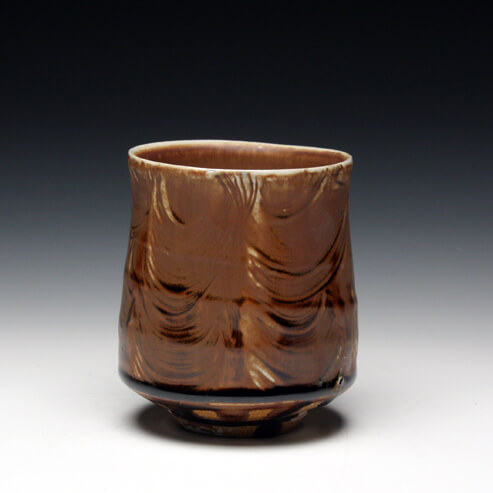
Red Lodge Clay Center – Short-Term Resident 2010, (AIA) 2024
My work focuses on a pottery idiom, often incorporating historical references and images with domestic objects. I work in both porcelain and black clays, firing with atmospheric kilns. The pieces undergo multiple post firings to achieve a depth of surface.
While function continues to be an essential concern, I am most intrigued with the ability of pots to transcend themselves as objects and convey information. The ability for the work to draw relationships to history and culture through form and surface content holds my fascination.
At its best the work becomes both artifact and object of the contemporary world. The use of glaze as a painterly ground provides terrain to interact with imagery and or form that results in a fertile ground for endless investigation.
Pots are intimate by nature. The history of ceramic objects to commemorate and document our culture is rich. As pots intersect with utility they have the ability to choreograph domestic experience affecting people in a deep and interactive way. There is a need to keep these interactions vital. The rhythm of making pots is, for me, an endless pursuit to express ideas and define interaction through form.
While the influence for surface and form originate from Islamic history, the vessel is a metaphor and the imagery is based on the fable incorporating animal imagery to emulate the human condition. These instincts teach us as humans to remember and engage, even in the digital age, in the fact that we can tap into our primal selves. While the images may seem domestic they are bridges to represent human relationships. They remind us constantly of the back and forth of social and political hierarchy and its impact on our lives. Animals are a perfect metaphor as they encounter daily their instinctual reactions to love, the hunt and their physical and mental well-being. These are primal instincts we all share, and when witnessed …..they are universal.






